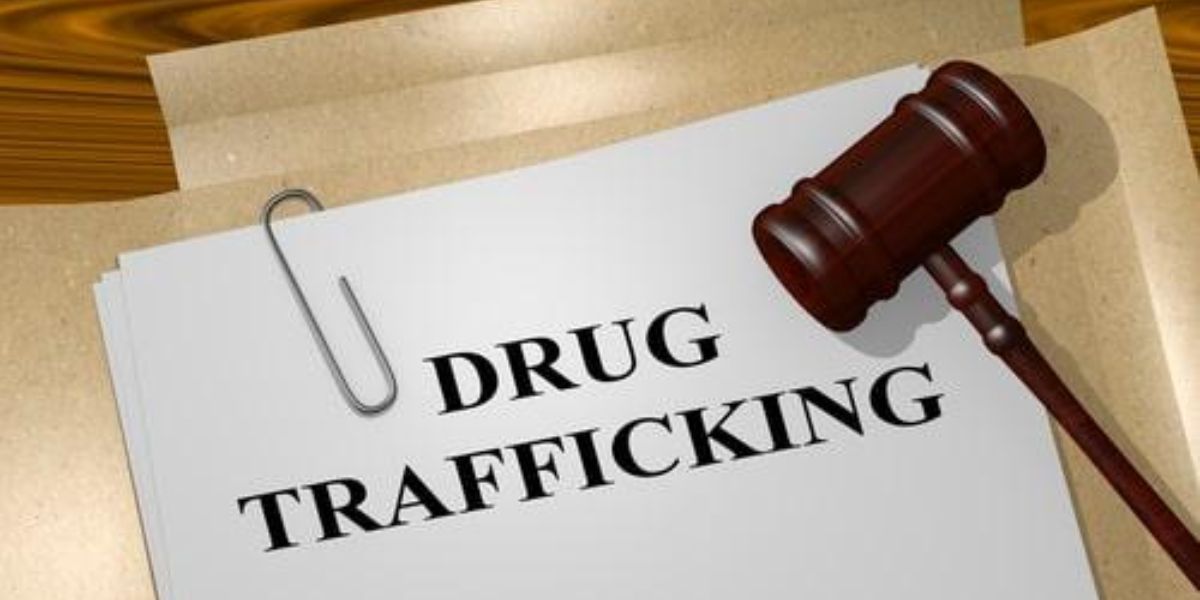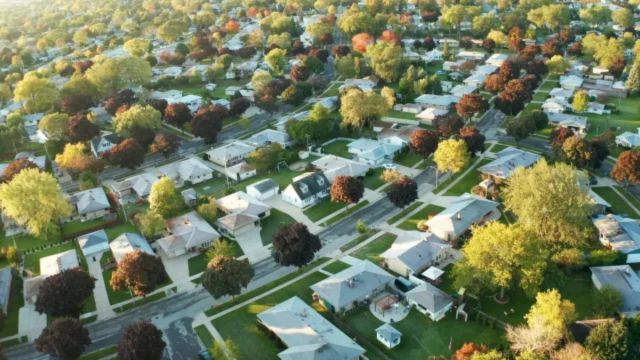Indianapolis, the capital city of Indiana, has been designated as a High Intensity Drug Trafficking Area (HIDTA) by the Office of National Drug Control Policy. This designation underscores the city’s pivotal role in the state’s drug distribution network, exacerbated by its strategic location at the intersection of major interstate highways.
Factors Contributing to the Crisis
Strategic Location
Indianapolis’s position at the crossroads of Interstates 65, 69, 70, and 74 makes it a prime hub for drug trafficking. This extensive highway network facilitates the rapid movement of illicit substances throughout Indiana and beyond.
Major Drug Seizures
Law enforcement agencies have made significant drug seizures in Indianapolis, highlighting the city’s central role in trafficking operations. In a notable case, authorities seized 320,000 fentanyl pills, 117.9 pounds of methamphetamine, 453.2 pounds of marijuana, and $521,000 in cash. Additionally, 113 firearms and 60 machine gun conversion devices were confiscated, many linked to violent crimes in the area.
Organized Crime Networks
Indianapolis has been the focal point of several large-scale drug trafficking investigations. In one instance, 24 members of a drug trafficking ring operating in the Haughville neighborhood were sentenced for distributing methamphetamine, heroin, and cocaine. Another operation led to the indictment of 11 individuals accused of distributing methamphetamine and fentanyl, with connections extending to Nebraska.
Impact on the Community
Public Health Crisis
The proliferation of fentanyl and other opioids has led to a surge in overdose deaths in Marion County. In 2022 alone, there were 852 drug overdoses, with 641 attributed to opioids.
Violence and Crime
The influx of drugs has been accompanied by a rise in violent crimes. Law enforcement officials report a significant number of shootings and homicides linked to drug trafficking activities.
Law Enforcement Response
Interagency Collaboration
The HIDTA designation has facilitated enhanced collaboration among federal, state, and local law enforcement agencies. This coordinated approach has led to more effective investigations and prosecutions of drug trafficking organizations.
Community Outreach
Beyond enforcement, efforts are underway to address the root causes of drug abuse. Initiatives include community outreach programs aimed at prevention and rehabilitation, seeking to reduce demand and provide support for those affected.
Conclusion
Indianapolis’s designation as a High Intensity Drug Trafficking Area reflects the severity of the drug crisis facing the city. While law enforcement agencies have made significant strides in combating trafficking operations, ongoing efforts are essential to address the underlying issues contributing to the epidemic.






